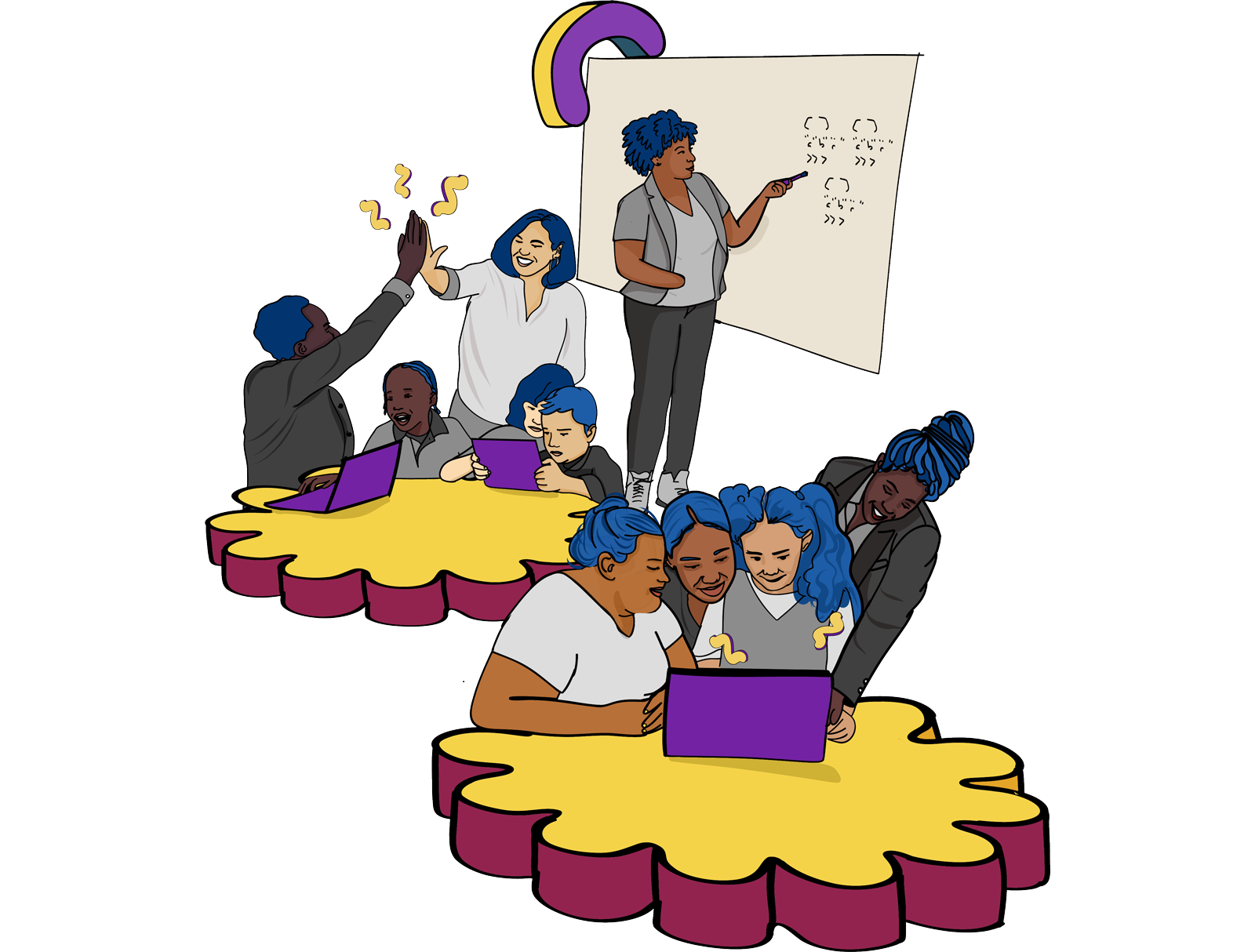-
Digital divide
-
The gap between those who have the access, skills, and support to effectively engage online and those who do not.
The digital divide prevents equal participation in and opportunity across all parts of life, disproportionately affecting people of color, Indigenous peoples, households with low incomes, people with disabilities, people in rural areas, and aging adults. (adapted from NDIA)
-
Digital inclusion
-
Working towards a future where all individuals and communities, including the most disadvantaged, have access to and use of information and communication technologies. (adapted from NDIA)
This includes five elements:
- Affordable and robust broadband internet service
- Internet-enabled devices that meet the intergenerational needs of families
- Access to digital literacy training
- Quality technical support
- Applications and online content designed to enable and encourage self-sufficiency, participation, and collaboration
-
Connectivity
-
Safe and consistent access to robust broadband internet service for all communities, regardless of income, identity, or geography.
-
Digital infrastructure
-
A network of both physical and digital elements, as well as the government and corporate policies surrounding them, that bring a community fully into digital spaces (e.g., broadband deployment, public WIFI).
-
Digital literacy
-
The cognitive and technical skills required to use information and communication technologies to find, evaluate, create, and share information. (adapted from NDIA)
-
Hardware access
-
The distribution of relevant and reliable internet-enabled devices to communities who may not have the ability to afford or otherwise acquire them.
-
Mentorship
-
Improved access for youth from underserved communities to experts in emerging fields and industries for personalized support, networking, and training.
-
Privacy
-
The policies and practices required to protect an individual’s user data, and the power for that individual to decide if, how, and when their data may be captured and/or used by another entity.
-
STEM skills
-
Education in and exposure to science, technology, engineering, and mathematics to prepare students for life and employment in a digital world, and empower them to shape the future.
-
Workforce pathways
-
Professional development programs for communities who are historically underrepresented or marginalized in a field, with the goal of tackling barriers to accessing careers that increasingly rely on digital literacy and/or STEM skills.
